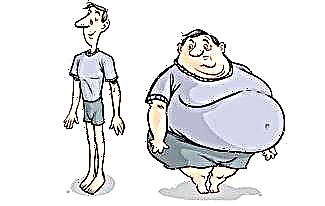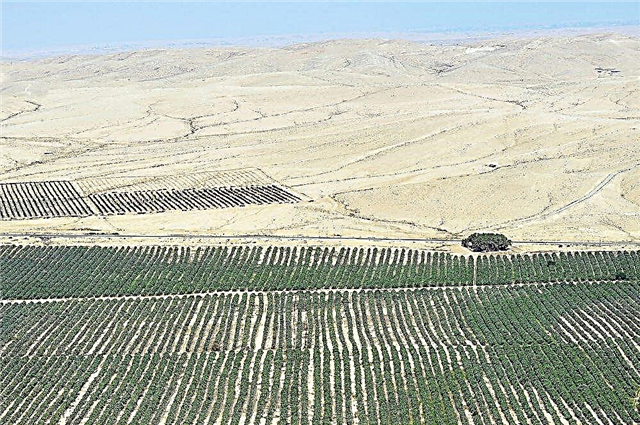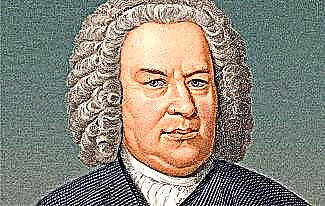An alloy of iron and carbon with minor additions of other elements called cast iron has been known to mankind for more than 2500 years. Ease of production, low cost relative to other metals, and good physical properties have kept cast iron among the leaders in metallurgy for a long time. A wide range of goods and machines for a wide variety of purposes were made from it, from consumer goods to multi-ton monuments and machine tool parts.
In recent decades, more and more advanced modern materials have increasingly come to replace cast iron, but it will not be possible to abandon cast iron overnight - the transition to new materials and technologies is too expensive. Pig iron will remain one of the main types of metallurgical products for a long time to come. Here is a small selection of facts about this alloy:
1. Answering the question "What is an iron-carbon alloy?" it is necessary not to say "cast iron" straight off, but to clarify what is the carbon content in this alloy. Because steel is also an alloy of iron with carbon, it's just less carbon in it. Cast iron contains from 2.14% carbon.
2. In practice, it is rather difficult to determine whether the product is made of cast iron or steel. Cast iron is a little lighter, but you need to have a similar item for weight comparison. In general, cast iron is weaker than steel, but there are many grades of steel with the magnetic properties of cast iron. A sure way is to get some sawdust or shavings. Pig-iron sawdust gets your hands dirty, and the shavings crumble into dust.
3. The very Russian word "cast iron" gives out the Chinese origin of the metal - it is composed of sounds associated with the hieroglyphs "business" and "pour".
4. The Chinese received the first cast iron approximately in the 6th century BC. e. A few centuries later, the production of cast iron was mastered by ancient metallurgists. In Europe and Russia, they learned to work with cast iron already in the Middle Ages.

5. China has mastered the technology of iron casting very well and produced a large range of products from this material, from buttons to large sculptures. Many houses had thin-walled cast-iron wok pans that could be up to a meter in diameter.
6. By the time of the spread of cast iron, people already knew how to work with other metals, but cast iron was cheaper and stronger than copper or bronze and quickly gained popularity.
7. Cast iron was widely used in artillery. In the Middle Ages, both cannon barrels and cannonballs were cast from it. Moreover, even the appearance of cast iron cores, which had a high density, and, accordingly, weight compared to stone ones, was already a revolution, allowing to reduce the weight, barrel length and caliber of guns. Only in the middle of the 19th century did the transition from cast iron to steel cannons begin.

8. Depending on the carbon content, physical properties and production goals, 5 types of cast iron are distinguished: pig iron, high-strength, malleable, gray and white.
9. In Russia, for the first time, natural gas was used in pig iron smelting.
10. Reading books about pre-revolutionary times and the beginning of the 20th century, do not be confused: "cast iron" is a cast iron pot, and "cast iron" is a railway. Rails were made of iron immediately after the invention of the puddling process at the beginning of the 19th century, and iron was called expensively cast iron 150 years later.
11. The process of smelting pig iron begins with the removal of impurities from the ore, and ends with the absorption of carbon by iron. True, this explanation is too simplified - the bonds of carbon with iron in cast iron are fundamentally different from the bonds of mechanical impurities, and even more so oxygen with iron in ore. The process itself takes place in blast furnaces.

12. Cast iron cookware is practically eternal. Cast iron pans and pans can serve families for generations. In addition, on old cast iron, a natural non-stick coating forms due to the ingress of fat into the micropores on the surface of the pan or cast iron. True, this applies only to old samples - modern manufacturers of cast-iron dishes apply artificial coatings to it, which have completely different properties and close the pores from fat particles.

13. Any qualified chef uses mostly cast iron cooking utensils.
14. Crankshafts of automobile diesel engines are made of cast iron. This metal is also used in brake pads and engine blocks.
15. Cast iron is widely used in mechanical engineering. All massive parts of machine tools such as bases, beds or large bushings were made of cast iron.
16. Rolling rolls for metallurgical rolling mills are made of cast iron.
17. In plumbing, water supply, heating and sewerage, cast iron is now being actively replaced by modern materials, but the old material is still in demand.
18. Most of the decorations on the embankments, some of the artistically made gates and fences and some monuments in St. Petersburg are cast of cast iron.
19. In St. Petersburg there are several bridges assembled from cast iron parts. Despite the fragility of the material, the clever engineering design has allowed the bridges to stand for 200 years. And the first cast iron bridge was built in 1777 in Great Britain.

20. In 2017, 1.2 billion tons of pig iron were smelted worldwide. Almost 60% of the world's pig iron is produced in China. Russian metallurgists are in fourth place - 51.6 million tons - behind, except for China, Japan and India.









